Steven Seidenberg
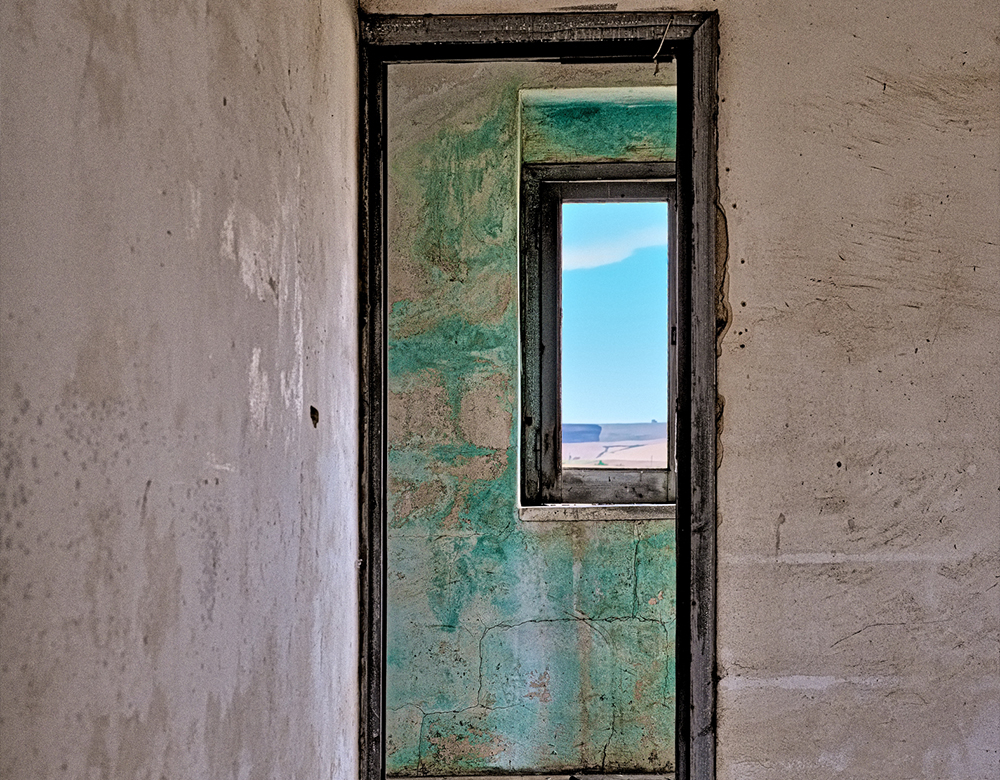 Steven Seidenberg | Plain Sight | 2017
Steven Seidenberg | Plain Sight | 2017
Your project “The Architecture of Silence” explores the aftermath of the Riforma Fondiaria land reform. Can you share what initially drew you to this subject matter and how it shaped your creative vision?
My first encounter with the remnants of the Riforma policies came with a visit to Puglia in 2009. This was in the context of other work, but I found the presence of these abandoned, modern structures in and around the agricultural fields of Basilicata and Puglia curious, and the general reticence of residents in the area to discuss the history of these structures piqued my interest.
Soon it became apparent that the character of that response had very much to do with the reasons for the abandonment, the radical upheaval in so many communities where such ill-conceived land reform policies were enacted by the newly formed republic in the aftermath of WWII, and the shame that victims of such tragedy often feel in confrontation with the traces of the policies or circumstances that led to their victimization. It immediately seemed clear to me that a project imaging this aftermath could serve as the basis of a broad visual consideration of the same neo-liberal agenda as we experience its contemporary effects, and that I could make the images in accordance with my vision of the aesthetic possibilities of the photograph more generally. It took some years to make the connections and get the funding to pursue the project, and I was able to return with my partner, the anthropologist and archeologist Carolyn White, in 2017, to make the images that would form the project as it stands.
The images in your series evoke a sense of haunting beauty. What role do you think the concept of silence plays in your photographs, and how do you convey this feeling visually?
For me, the silence of the photograph is an important part of its power, its way of allowing the viewer to surrender to the illusion of a world delimited by the frame and the compositional elements within it. My goal is to emphasize the character of each image as a kind of caesura, if you will—an imagined pause from the noise of temporal flux. All photographs do this in one way or another, or so I would contend. My approach is to put this pause in the forefront of the image, through various compositional choices, which allows each image to evoke the absence of any voice but that of the photographer and the viewer, in silent conversation with each other.
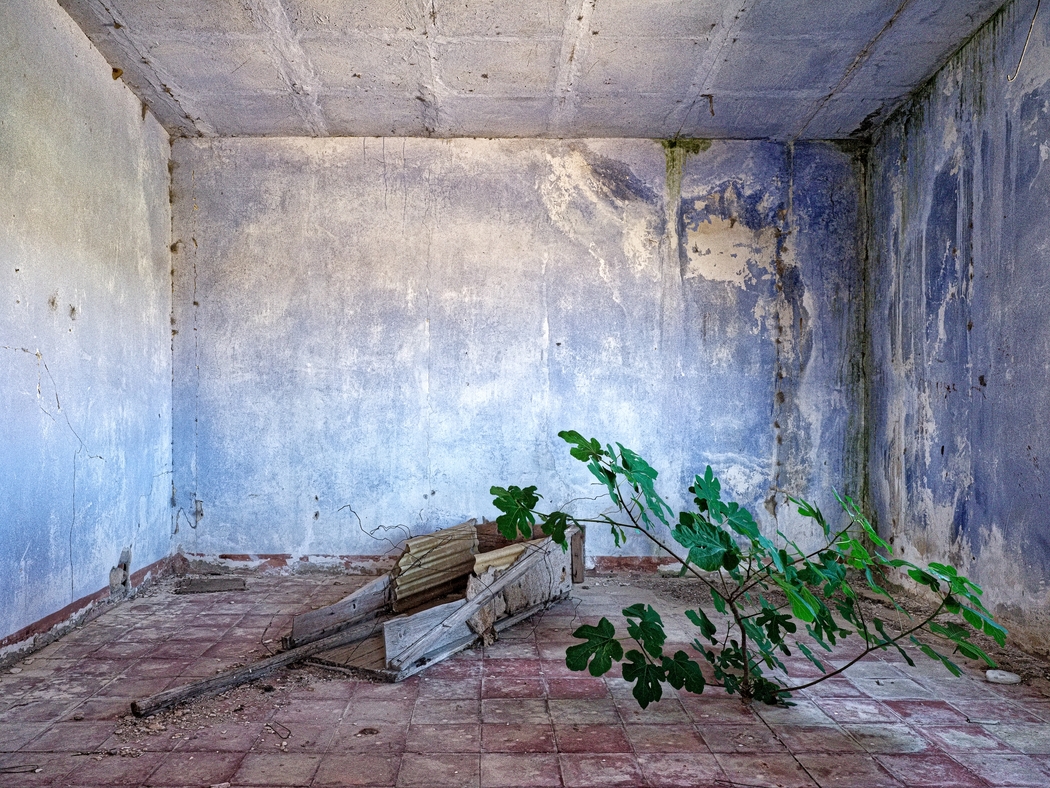 Steven Seidenberg | Blue Room with Fig | 2017
Steven Seidenberg | Blue Room with Fig | 2017
How does your background in writing influence the way you approach photography? Do you see your photographs as an extension of your written work?
My work as a writer and an artist are not just interrelated, but are, from the perspective of generative impulse, indistinguishable from one another, which is to say I don’t see either as an extension of the other, or not exclusively so, as the form of each is entirely coincident with my notions of compositional structure generally. This is not to say the practices are joined—quite the contrary, I do not combine my writing with my images in any project—just that they are echoes of each other, that I recognize the formal similarities of each. The use of repetition, for instance, is important in both practices, as the iterative character of such repeated elements allows for subtle shifts in meaning that would otherwise be impossible to realize. In this sense, I might compare my various approaches as artist and writer to musical minimalism (rather than visual or literary)—there may be a great deal of perceived motion in the prosody, for instance, or relatively little negative space within the field of view, but the repeated elements across the series of images or fragments creates a kind of syntactical/structural background in which the subtleties of divergence yield significant semantic effects.
Many of your photos feature abandoned buildings and overgrown environments. What do you hope to communicate about the impact of the Riforma Fondiaria through these images?
There is, of course, a long history of photographs of abandonment, and the emotional space that opens up around such work is often tinged with aestheticized self-satisfaction and mawkish cliché—something one must be aware of and carefully avoid in the making of such work. For my purposes, this is accomplished by the voicing of my particular compositional/technical concerns within the images; my goal for the series to present the dream of those enticed to the promises of the Riforma by emphasizing the relationship of the interior spaces to the world outside, and equally to proffer a feeling for tragedy of its failure by contextualizing the series in the political policies that led to the dislocation of those whose remnants and traces are left behind. I hope in turn that the present-day use of the structures by migrant workers helps to draw attention to the commonalities between internal migrations of laborers and undocumented migration across international borders, each in deference to the vicissitudes of those capital interests whose unshared prosperity is evidenced in the fecundity of the fields surrounding the Riforma developments.
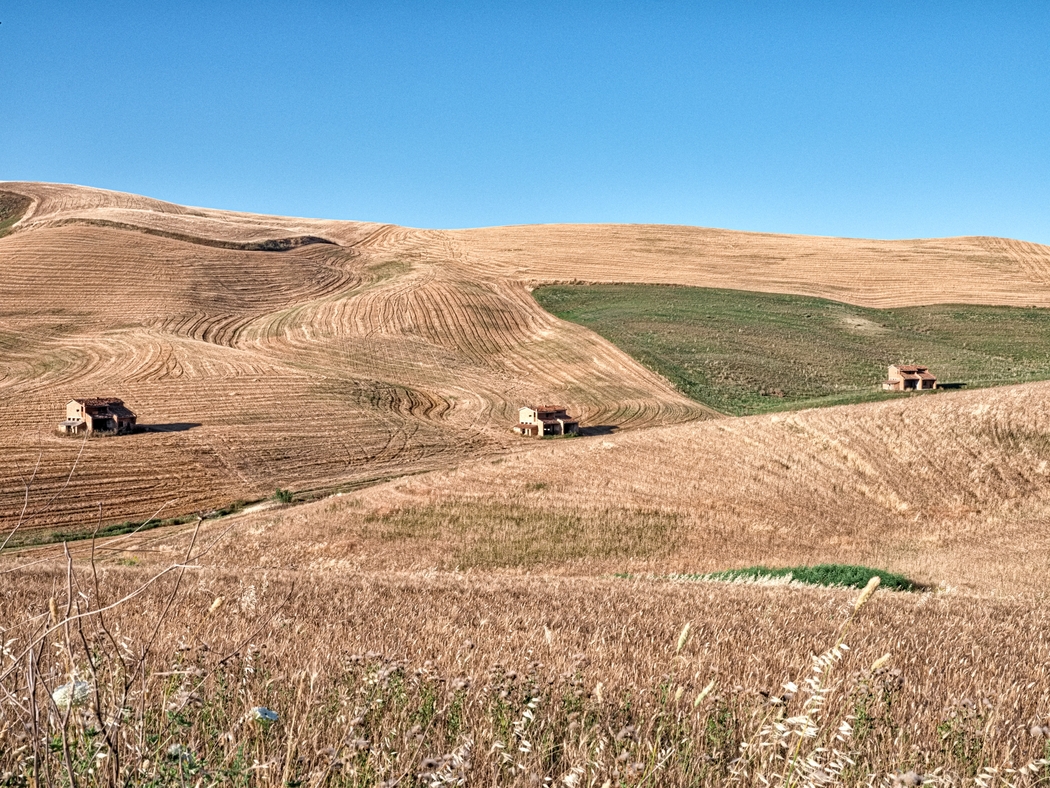 Steven Seidenberg | Development in the Fields | 2017
Steven Seidenberg | Development in the Fields | 2017
The failure of post-war land reforms has historical and social implications. How do you think photography can bring attention to such forgotten histories and spark conversations about social justice?
As a working artist, it’s difficult to navigate one’s dependence on the moneyed interests that coordinate and fuel art markets without accepting the collusion of those interests in the messaging of the work. Even where that message is not patently or coherently revised to suit such influence, there is an intrinsic consciousness within the movement of capital that pushes towards the co-optation of any seemingly counter-hegemonic practice—it is all-consuming, and there is little one can do to countermand its seductions and effects. Thus the photographer’s disadvantages in the activity of selling—the fact of multiplicity and infinite reproducibility that neutralizes the fetish impulses of collectors of unique forms—proves an advantage with respect to their commitment to unconcealing the causes and impacts of material inequity. Our work is easily spread and shared, and its implied indexical relationship to the world beyond the limits of the frame allows for a uniquely poetic condensation of meaning and sign interposed within it. This is the demand and privilege of the form—coordinating ideological and aesthetic positions in equal consideration of lived material conditions, bringing the viewer of the work into a powerfully empathic response, without compromising other aesthetic concerns and correlations.
The structures you photograph often seem to stand as monuments to lost potential. How do you feel about the notion of abandonment in the context of your work?
I have done a lot work in contexts of abandonment, but also of reuse, in various squatted buildings and occupations in and around Rome, for instance—in abandoned factories, hotels and office buildings, now occupied by various cultural and familial communities, or a disused parking lot behind Tiburtina station, host to a tent city for those awaiting asylum hearings, before being swept away by the cops on a fascist whim…
Let me put it this way; structures that are not presently abandoned soon will be. All inhabitation—all engineering just as well—is temporary, and all present use will be transformed by decay and dislocation, by reuse and reconsideration through novel practices and ineluctably repeated modes of disinterment and destruction. My work, when successful, is overladen by the sense of lost potential, as you say, or failed hope, but also by the anticipation of future transformation, regardless of the present state of occupation or operation, of utility or disuse.
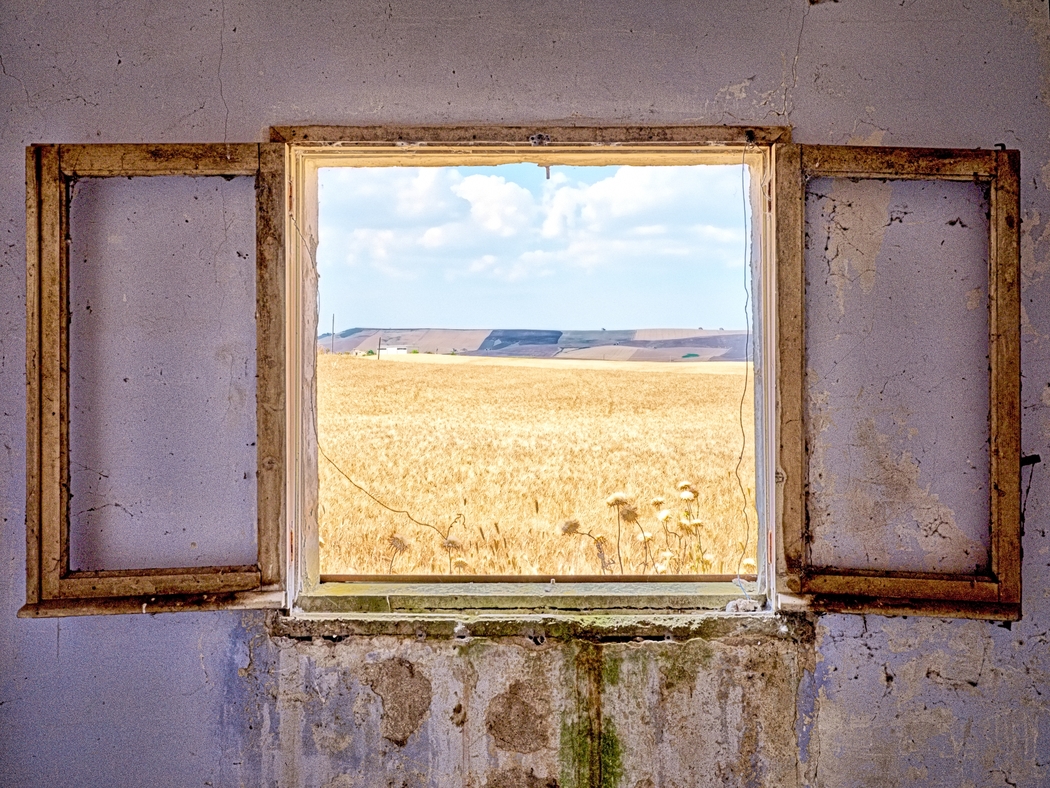 Steven Seidenberg | The Opening of the Field | 2017
Steven Seidenberg | The Opening of the Field | 2017
Your images are not merely documentary but have a painterly quality. How important is the artistic interpretation in your work, and how do you balance documentary precision with artistic expression?
This is one of the most compelling joys, but also the greatest challenges of the practice—balancing the indexical or documentary characteristics of the work with the compositional elements that give each piece a manifestly voiced distinction, that center each image in its series, and each series within a body of work that reads as most definitively mine, if you will. That voicing is not to establish reputation, or to inculcate commercial innervation, but rather allows for the many bodies of work that carry such stylistic exuberance to speak together and to one another, to overlay thematically not just to form a series (in which I always work) but the series of series, adding to the meaning of the next in line, and each next in line acting as addition to the previous.
That said, every individual image in a series is a source and object of the same sort of compositional restraint—as the painterly quality of which you speak results from imposition of such limitation across the range of parameters at my access in the photographic medium, in the making of the image, then the print that is its final form. The tools of any medium are particular, of course—but every flat field composition, regardless of its source, is in consideration of the same compositional constraints, constraints that are only successful when they propel the semantic engagement of one’s interlocutors, oft to lines of inquiry unbeknownst even to the artist before that engagement has engendered such response.
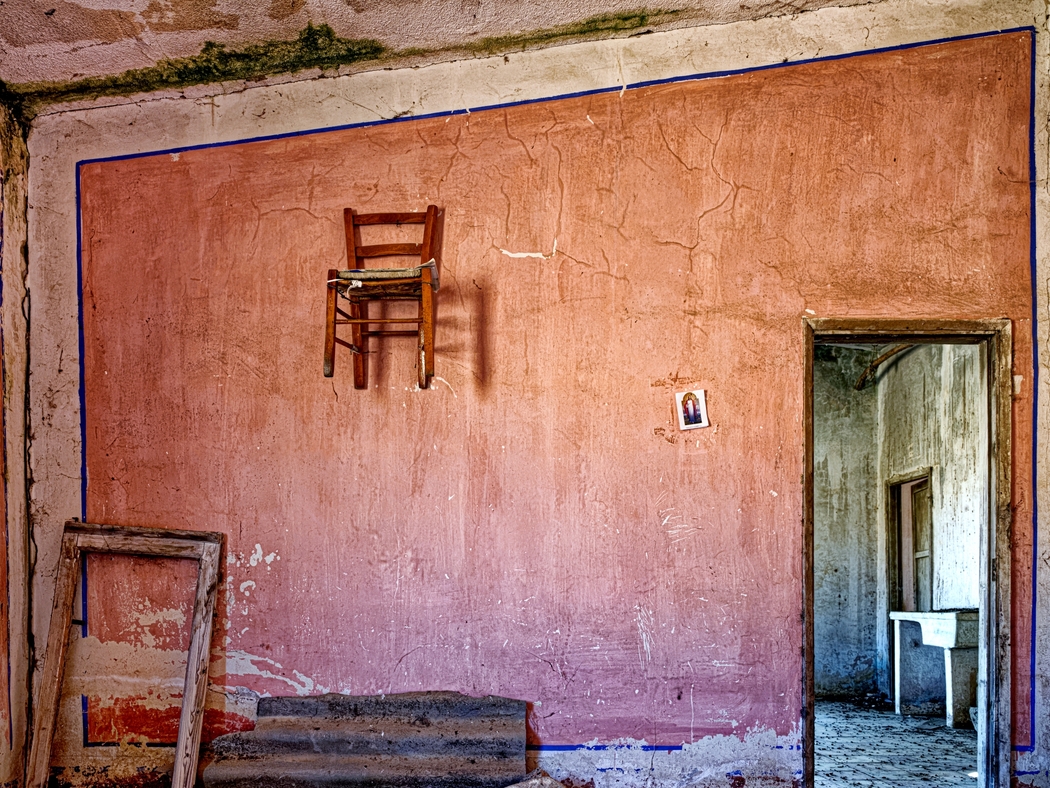 Steven Seidenberg | Hanging Chair and Madonna | 2017
Steven Seidenberg | Hanging Chair and Madonna | 2017

Leave a Reply